This article begins with …once upon a time… and ends with a big question mark.
Once upon a time, the Siemensstadt S-Bahn ran from Jungfernheide station to Haselhorst. It’s not that long ago that even my parents still drove this route to school and university every day and countless Siemens workers used this route every day to get to work. At peak times, the train ran every 2 minutes with 12 cars. Today, no train runs along here anymore – why?
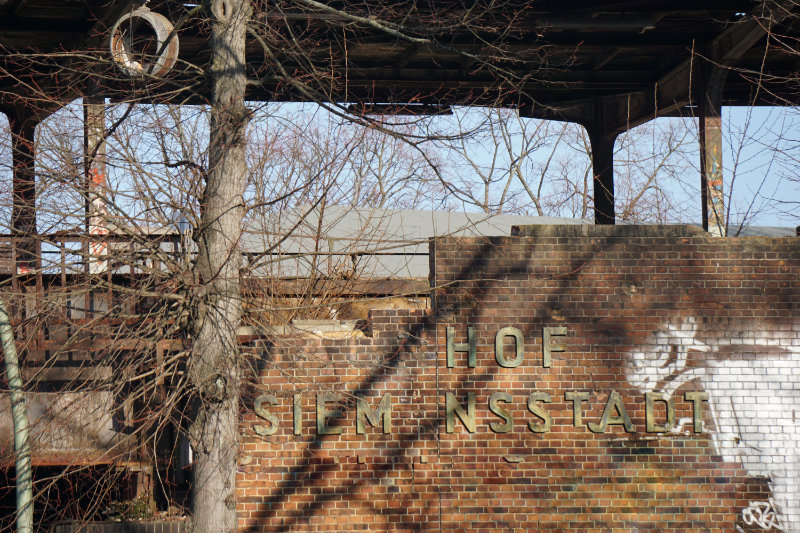
History of the S-Bahn Siemensstadt
In September 1980, the last commuter train ran here, the last commuter train after more than 55 years of operation.
In the 1920s, Siemens & Halske moved its main plant to the outskirts of Berlin. Here there was large unused space, but no connection to the existing S-Bahn network in Berlin. Many of the workers lived in Kreuzberg or Moabit, so Siemens did everything it could to make it easier for them to get to work. They had the 4.5-kilometer S-Bahn line built on their own initiative and almost at their own expense. The Reichsbahn took over train operations, and in 1929 the first trains ran along a route that in large parts crossed the Siemens factory premises.
After the Second World War, Siemens moved its headquarters to Munich. The time when 17,000 people used the train every day was over; only a few passengers still rode the Siemensstadt S-Bahn.
Politically, the line was also unwelcome. The entire Berlin S-Bahn was under the administration of the GDR Reichsbahn. Every ticket that passengers bought for a ride on the S-Bahn after the Wall was built flowed into the GDR as foreign currency, thus financing the neighboring state. In order to minimize S-Bahn traffic, the BVG expanded the bus route network so that passengers could do without a ride on the S-Bahn. In Siemensstadt, the U7 was built parallel to the S-Bahn line.
In 1980, West Berlin S-Bahn drivers went on strike against the poor working conditions. Their employer, the Reichsbahn of the GDR, drew consequences and stopped service on several lines. One of the first sections to be affected was the Siemensstadt S-Bahn.
Ghost stations and rotten rails
Today, the railroad line is unused, the tracks are rotting, and the stations are in disrepair.
From Jungfernheide station, the railroad line crossed the Spree River. The bridge was dismantled and the Spree could easily be widened at this point.
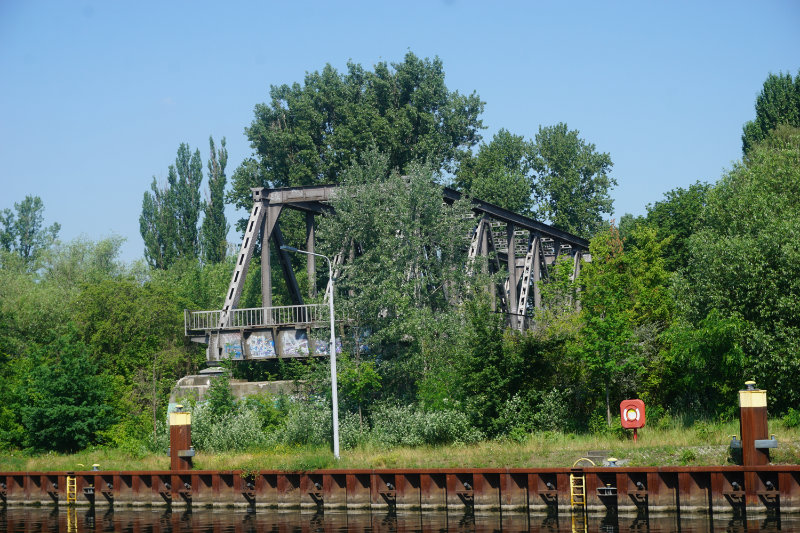
We followed the old route and continued in the Technopark on the Wohlrabedamm under the S-Bahn line.
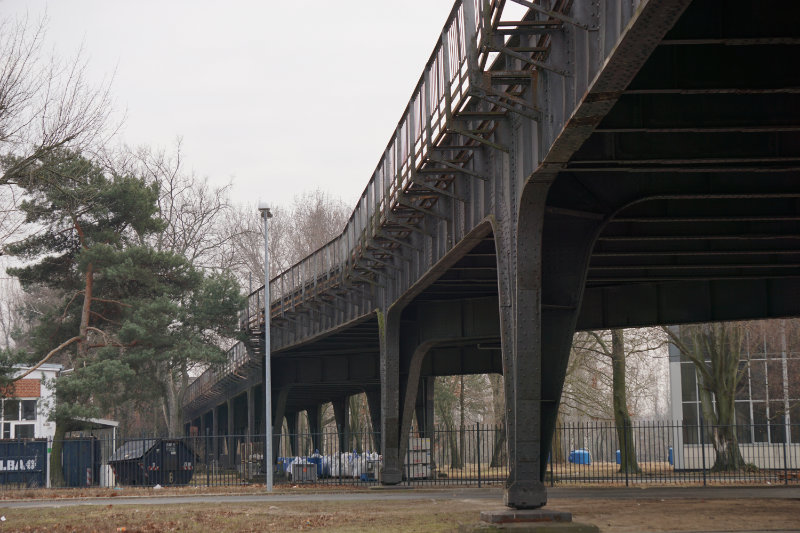
At the corner of Siemensdamm and Wohlrabedamm stands the first station of the Siemensbahn, the Wernerwerk station. Today, everything here is closed and only the signs remind of the former operation.
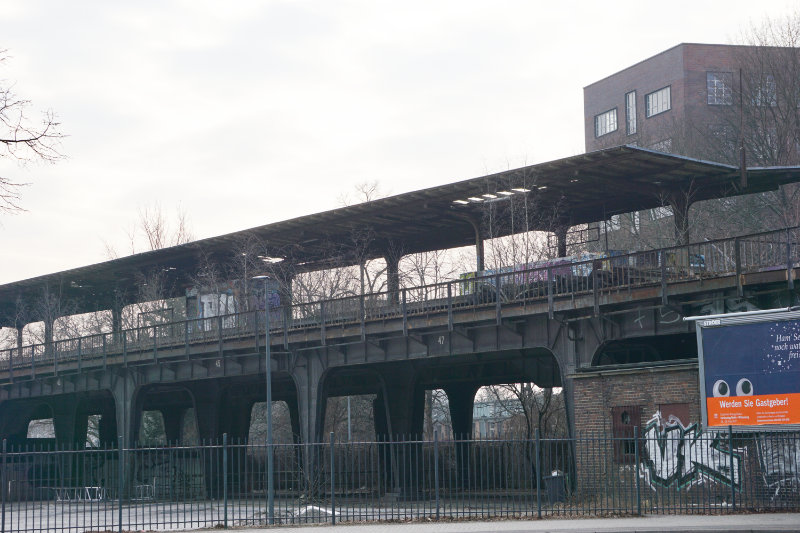
Even more beautiful to see in summer (but it is harder to recognize the station), nature has reclaimed the station. Trees grow everywhere on the tracks.
The track goes past the large shopping center. Here the space under the rails is used as a parking lot.
After the next bridge, the S-Bahn line continues on an earth wall. Until the end of 2016, it was still possible to walk along the tracks here without any problems. The fences were broken and access was possible as a result. Fortunately, the railroad has renewed the protection of the old track. Not only do birds breed here in the spring, it is also the habitat for hares and foxes. In addition, the bridges and stations are no longer so safe that nothing can happen to unauthorized visitors. The structural condition is more than bad.
It is possible to walk a small distance parallel to the railroad embankment, then the properties of a daycare center and a school are in the way. So a small detour is made to Rohrdamm. Here is the station Siemensdamm, which is located on a bridge over the Rohrdamm.
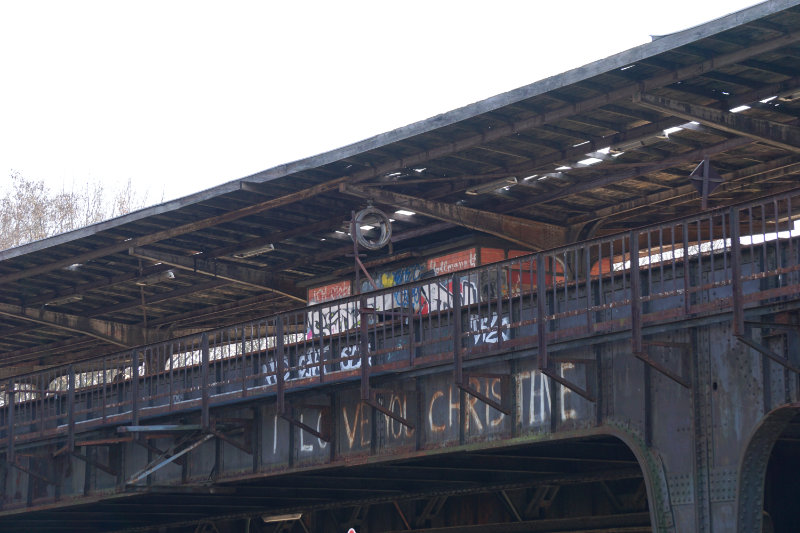
The remains of the old station clock are clearly visible, the clock face is no longer there.
The path continues along between the Siemens site and a hotel into a garden colony. In front of the railroad embankment today the arbors lie in heavenly peace (if you disregard the airplanes landing in Tegel). Through the trees one can discover an old signal. Here, too, nature has reclaimed its habitat.
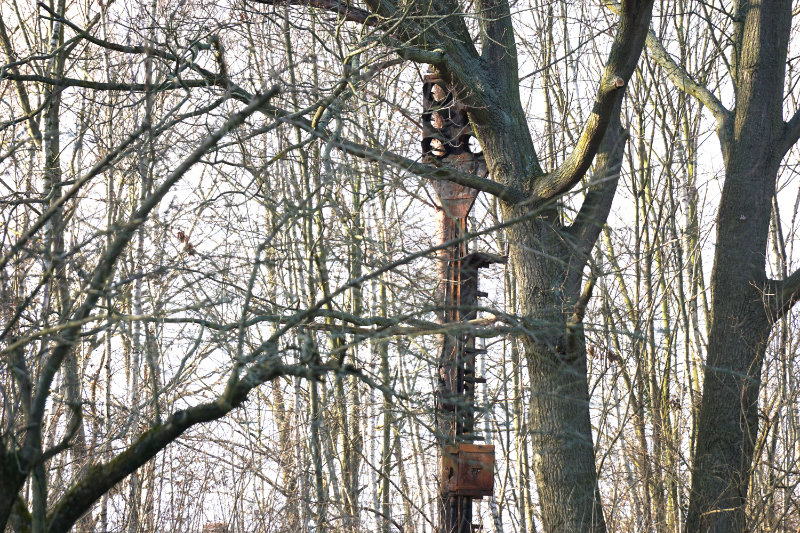
And just a few steps away is the old signal box of the Siemensstadt S-Bahn. The building stands empty with smashed windows in the colony.
Then the S-Bahn line turns off and runs through the garden colony in such a way that you can hardly get any closer. So we continue walking along Saatwinkler Damm until we reach the final stop of the S-Bahn, Gartenfeld station.
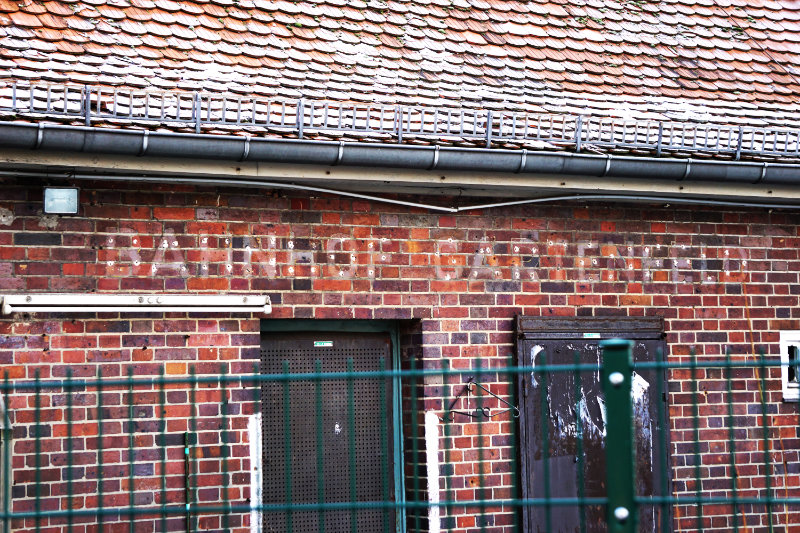
The old brick building was a nursery in recent years and is now empty for some time. Very sad, because the house has charm and could certainly be put to good use.
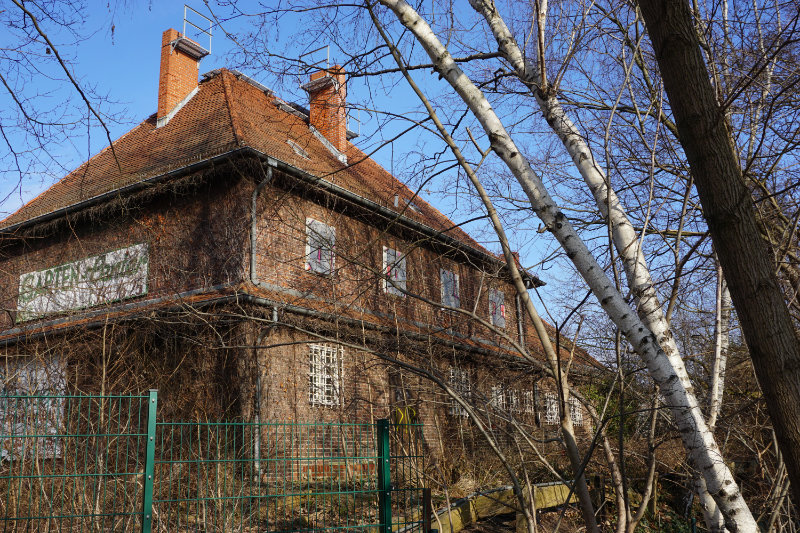
Unfortunately very difficult to see, despite the lack of leaves on the trees, is the last platform of the S-Bahn line.
This ends our walk and the discovery tour along the abandoned S-Bahn.
Perspective
What will happen to the Siemensstadt S-Bahn?
That is the question that occupies us as residents and also the politicians again and again.
Rumors are circulating that sometimes speak of demolition and sometimes of reconstruction. At present, there is talk that the line will be revitalized if … Yes if! When Tegel is closed and the airfield is put to subsequent use. Then perhaps the line could even be extended to Tegel.
Tegel, closed?! Some politicians still really believe in BER.
For me as a resident, it is not absolutely necessary to put the S-Bahn back into service. There is a bus to the main station and to Tegel airport, the subway to Spandau station and to the S-Bahn ring or the city center, so the connection by public transport is really good. I think it’s nicer to leave the route further to nature, which has created a wonderful green corridor through Siemensstadt.
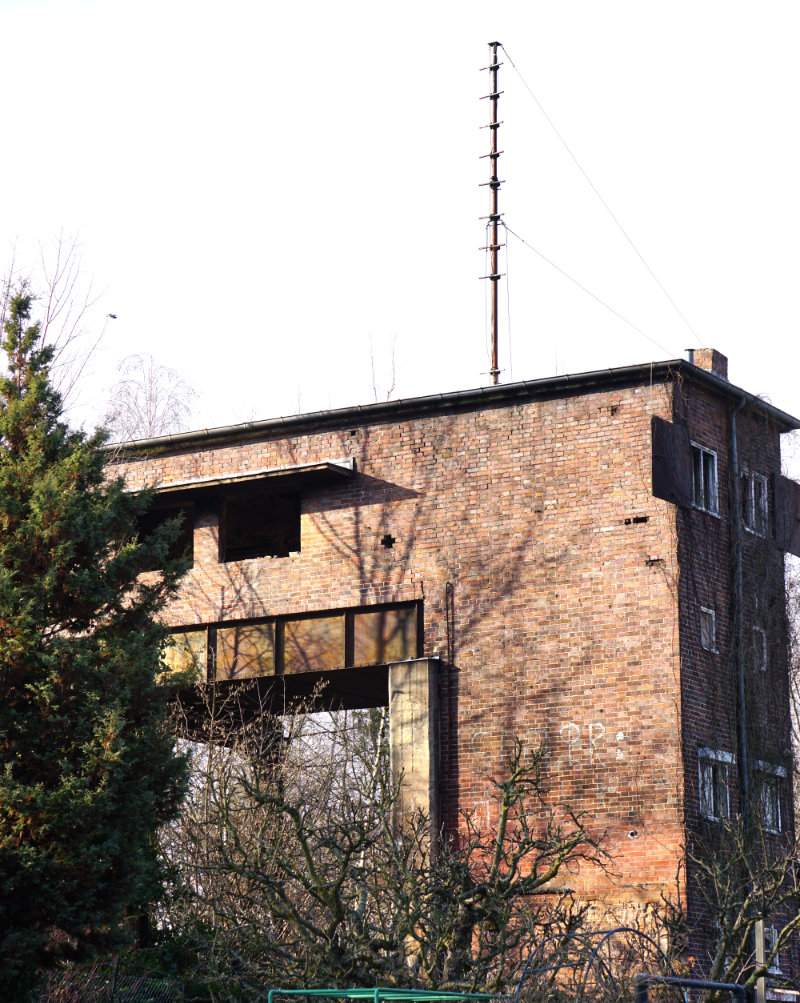
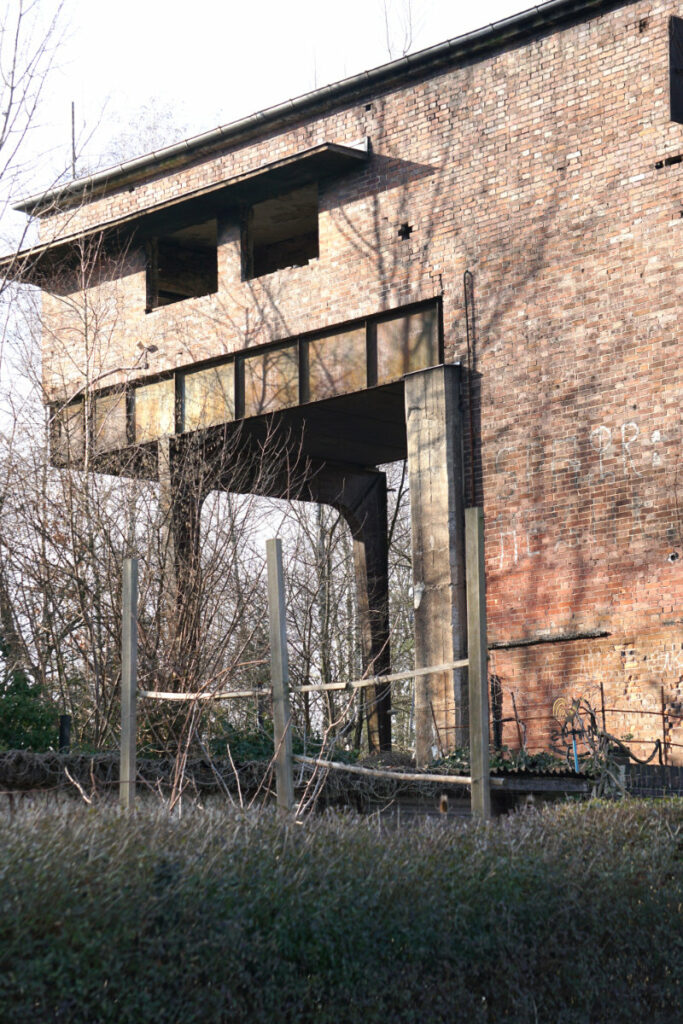
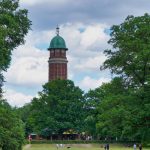
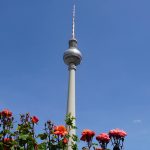

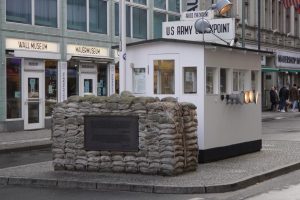
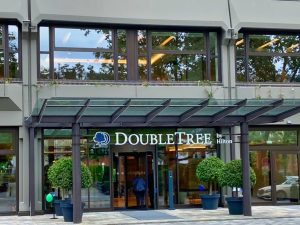
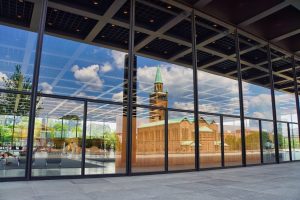
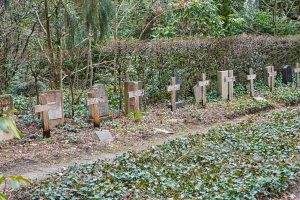

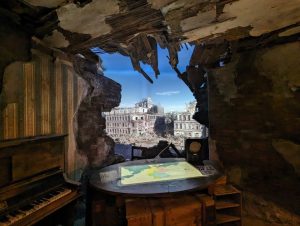
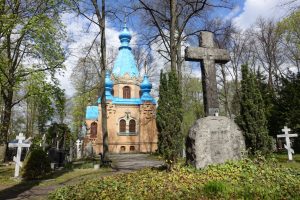

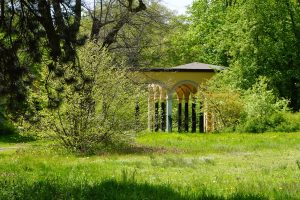
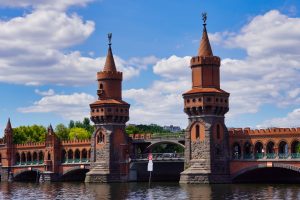

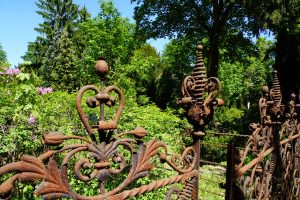
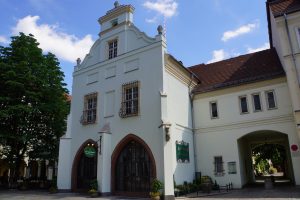
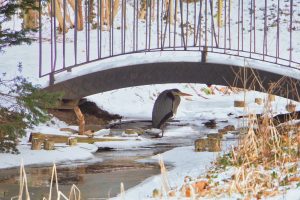
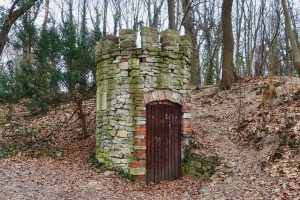
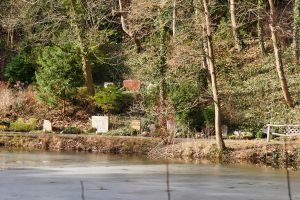
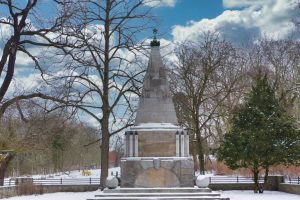
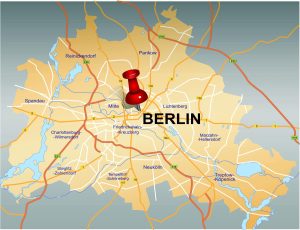
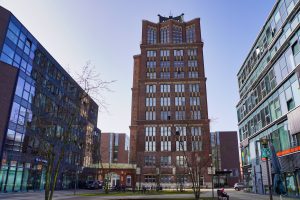

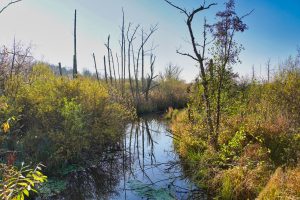
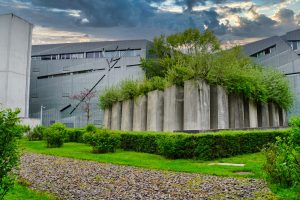

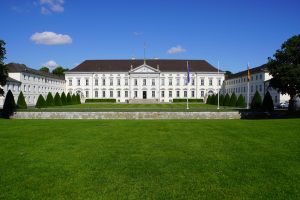
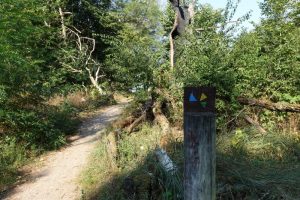
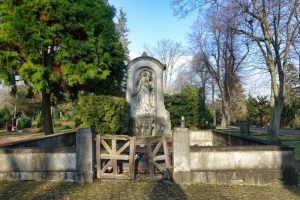
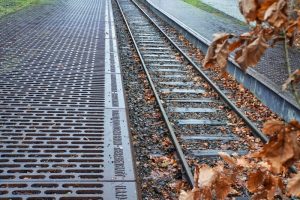
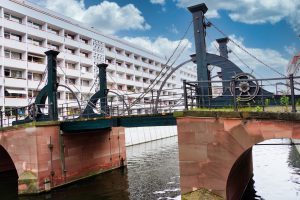
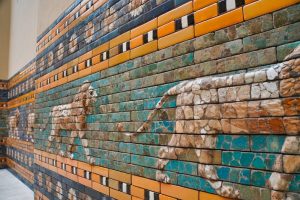

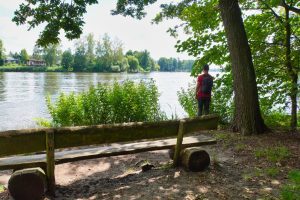

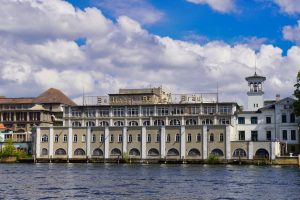
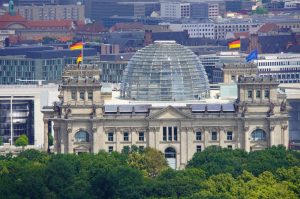
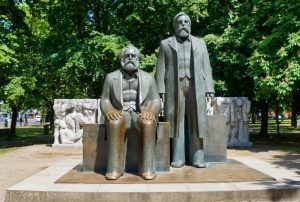
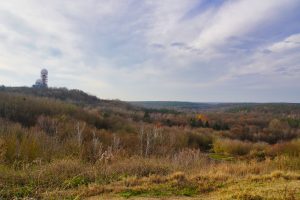
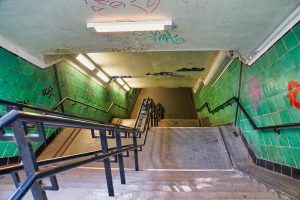
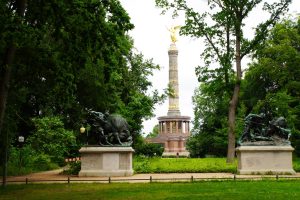
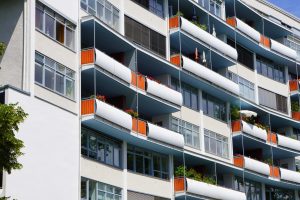
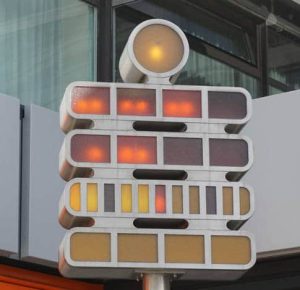
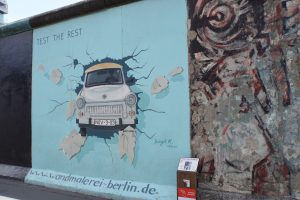
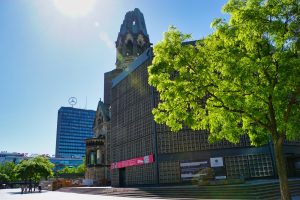
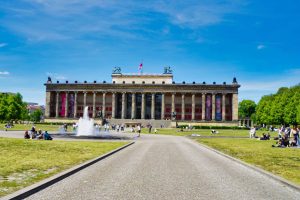
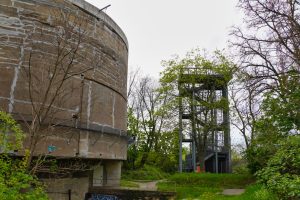
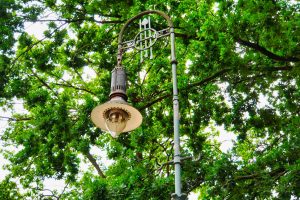
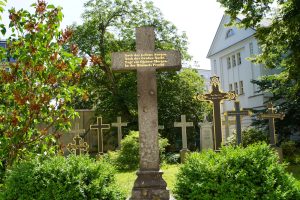
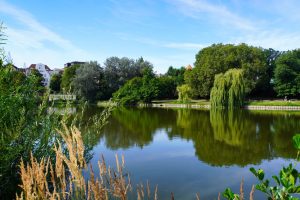
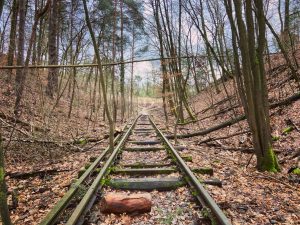
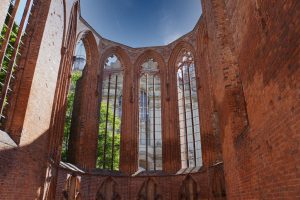
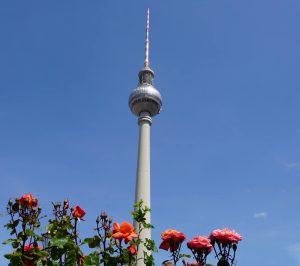
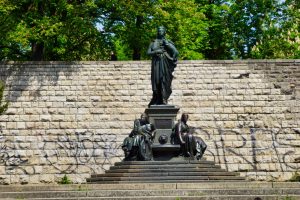
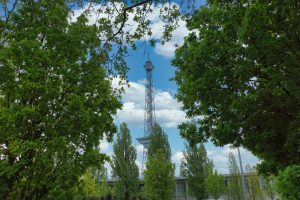

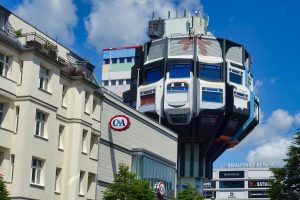
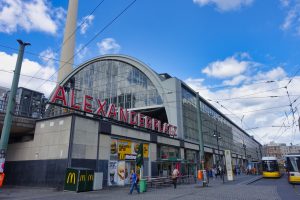
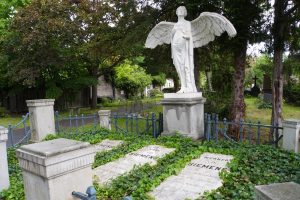
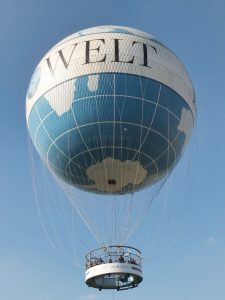
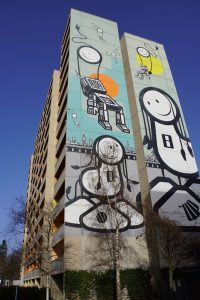
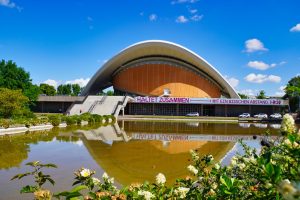
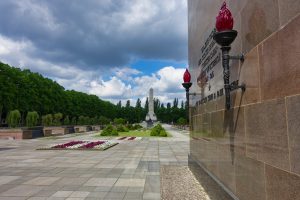

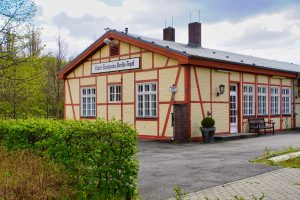
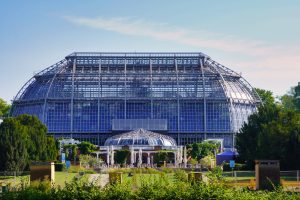
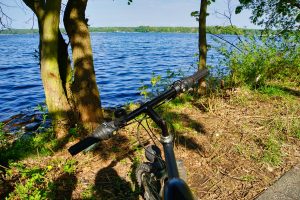
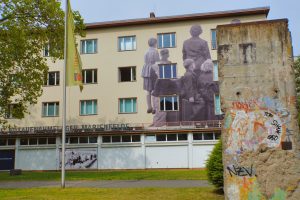

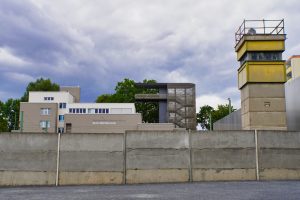


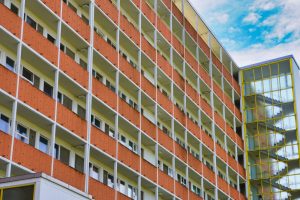


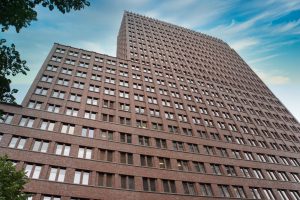
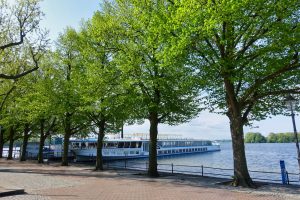


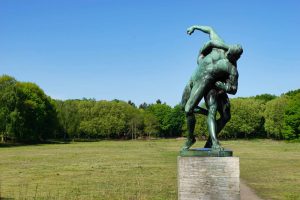
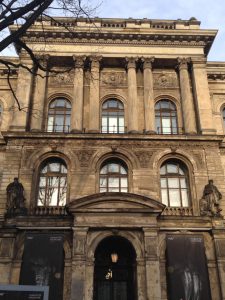
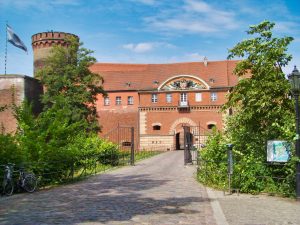
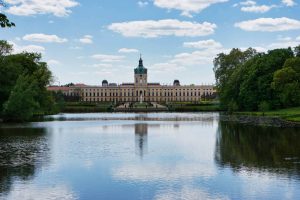
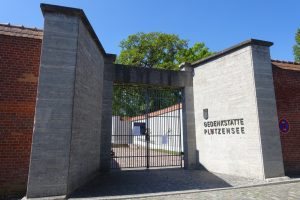

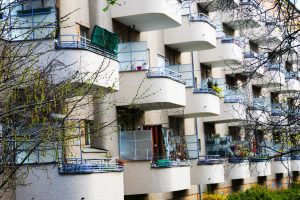
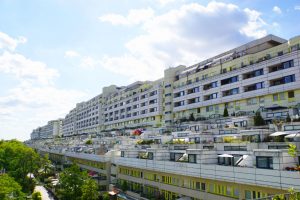
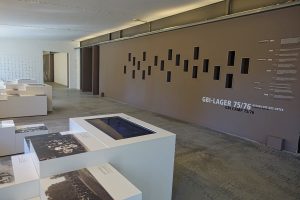
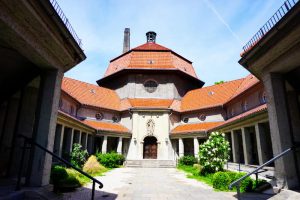



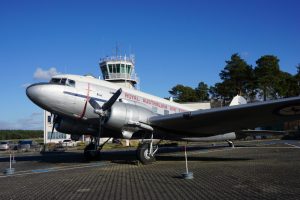
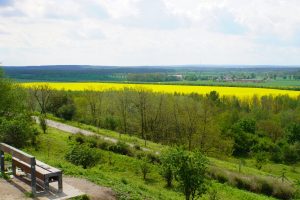
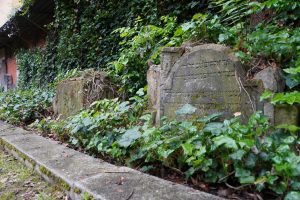
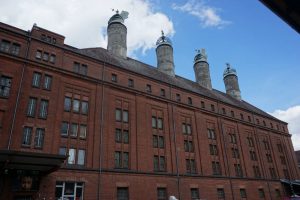
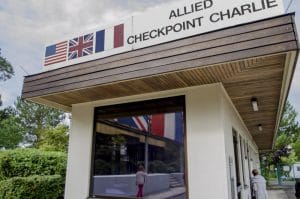
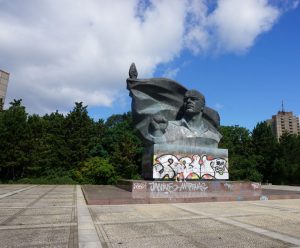
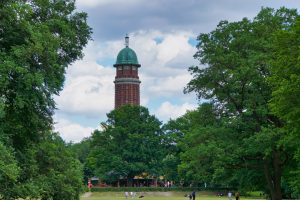
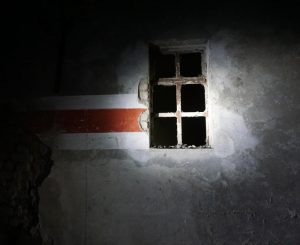
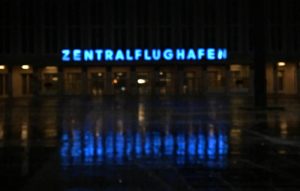
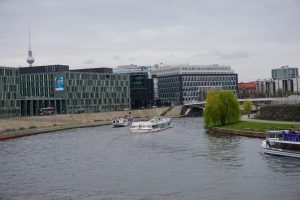
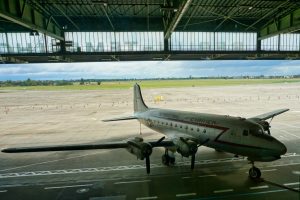
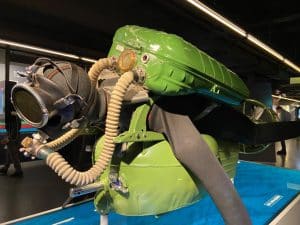
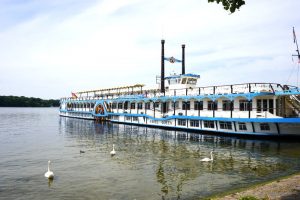
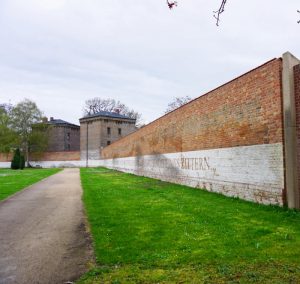
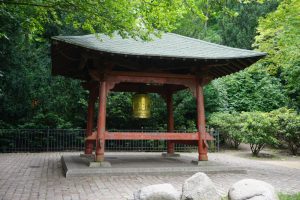
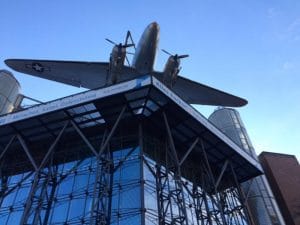
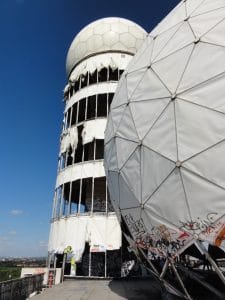



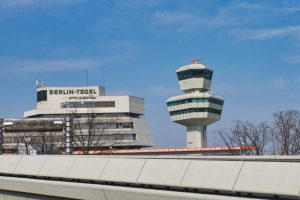
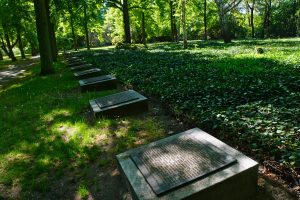
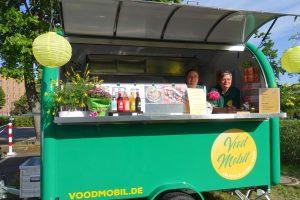

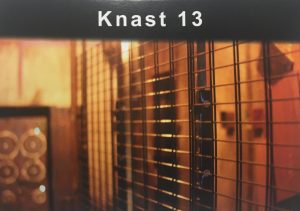
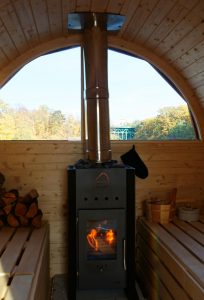
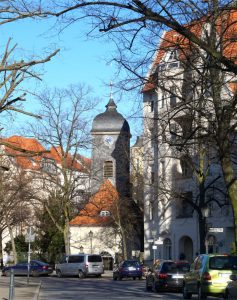
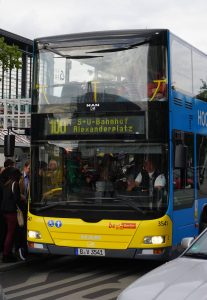


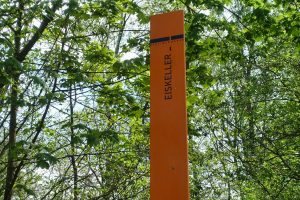
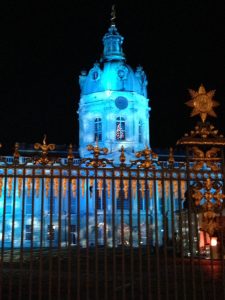
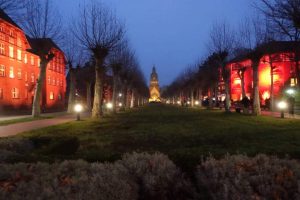
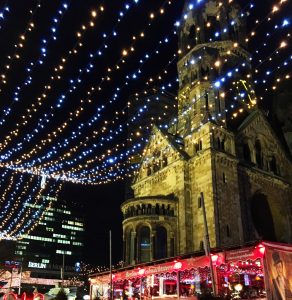
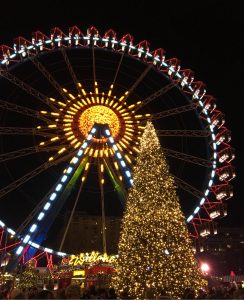
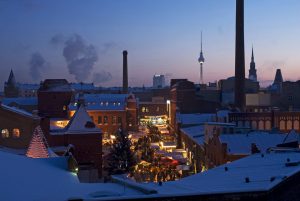
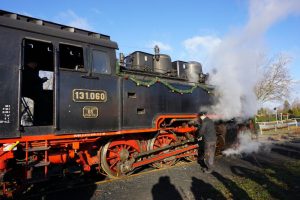
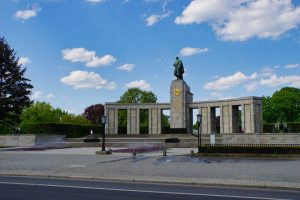
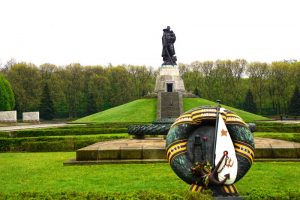
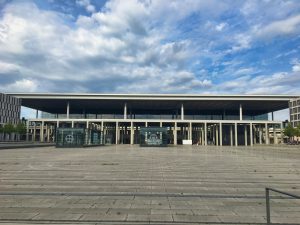
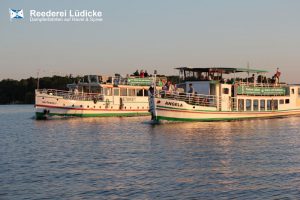
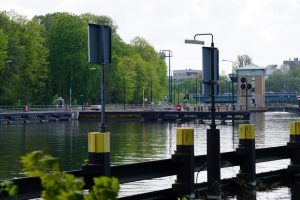
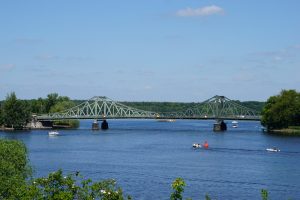
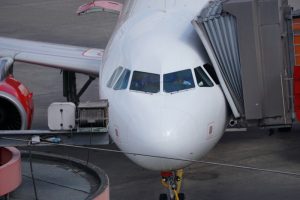

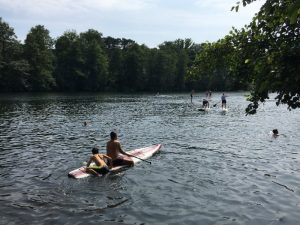


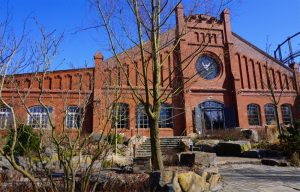
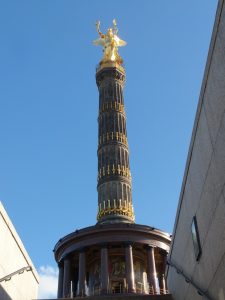
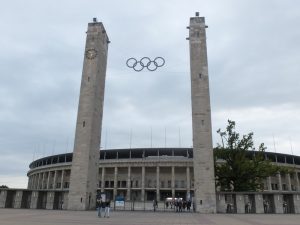

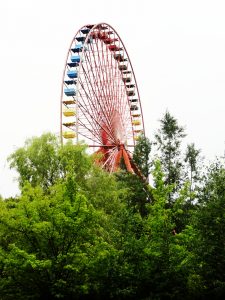
Leave a Reply